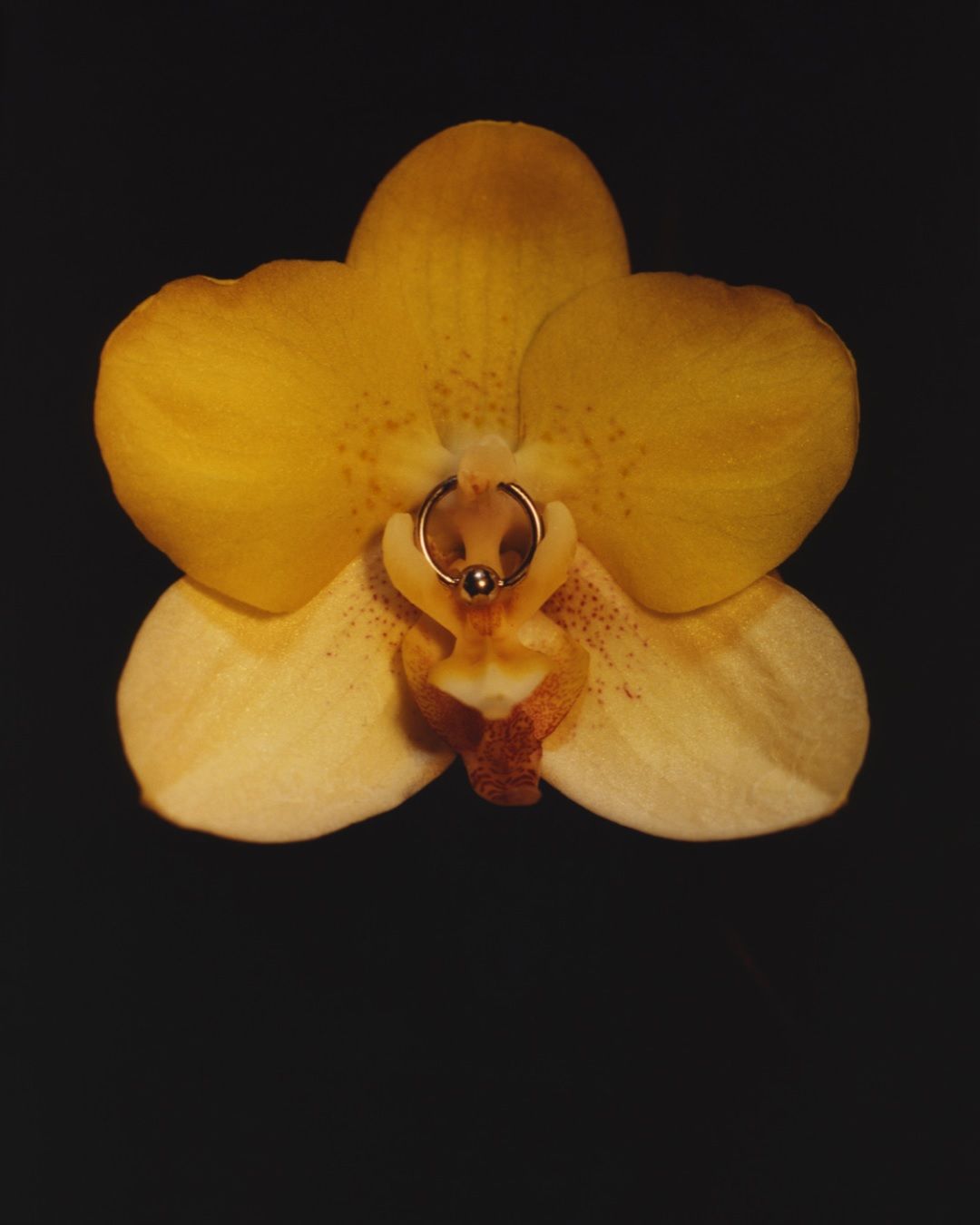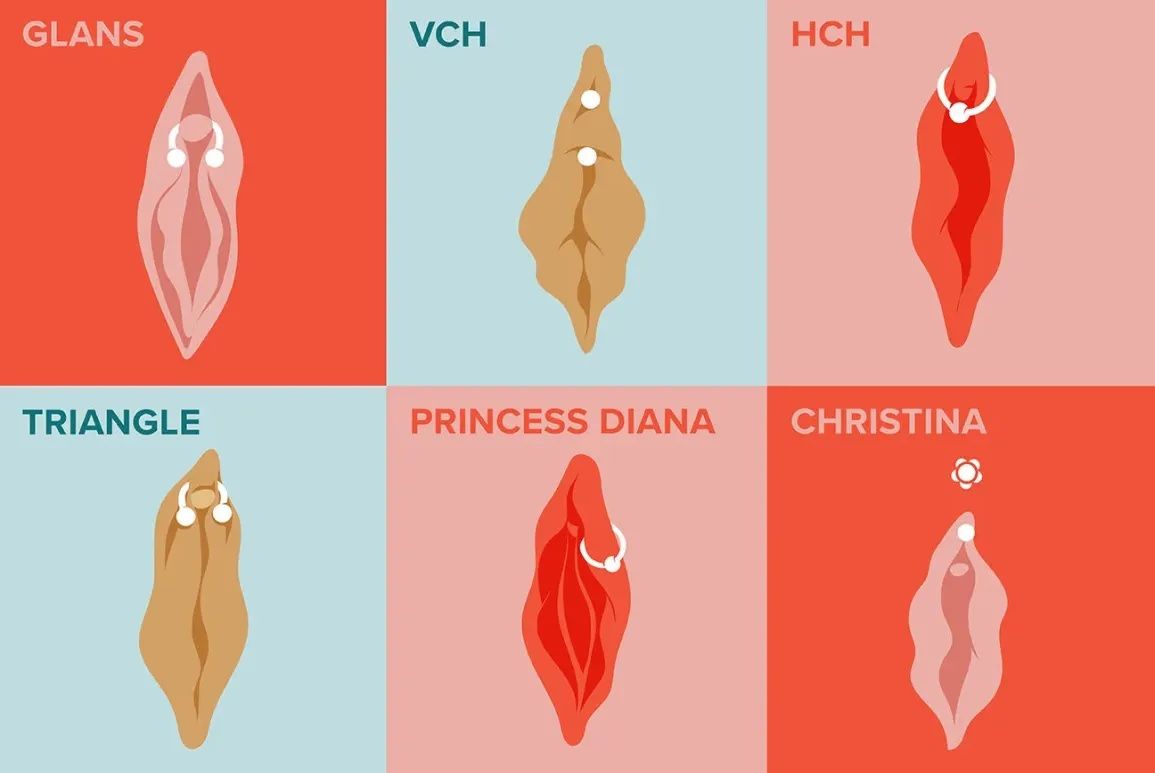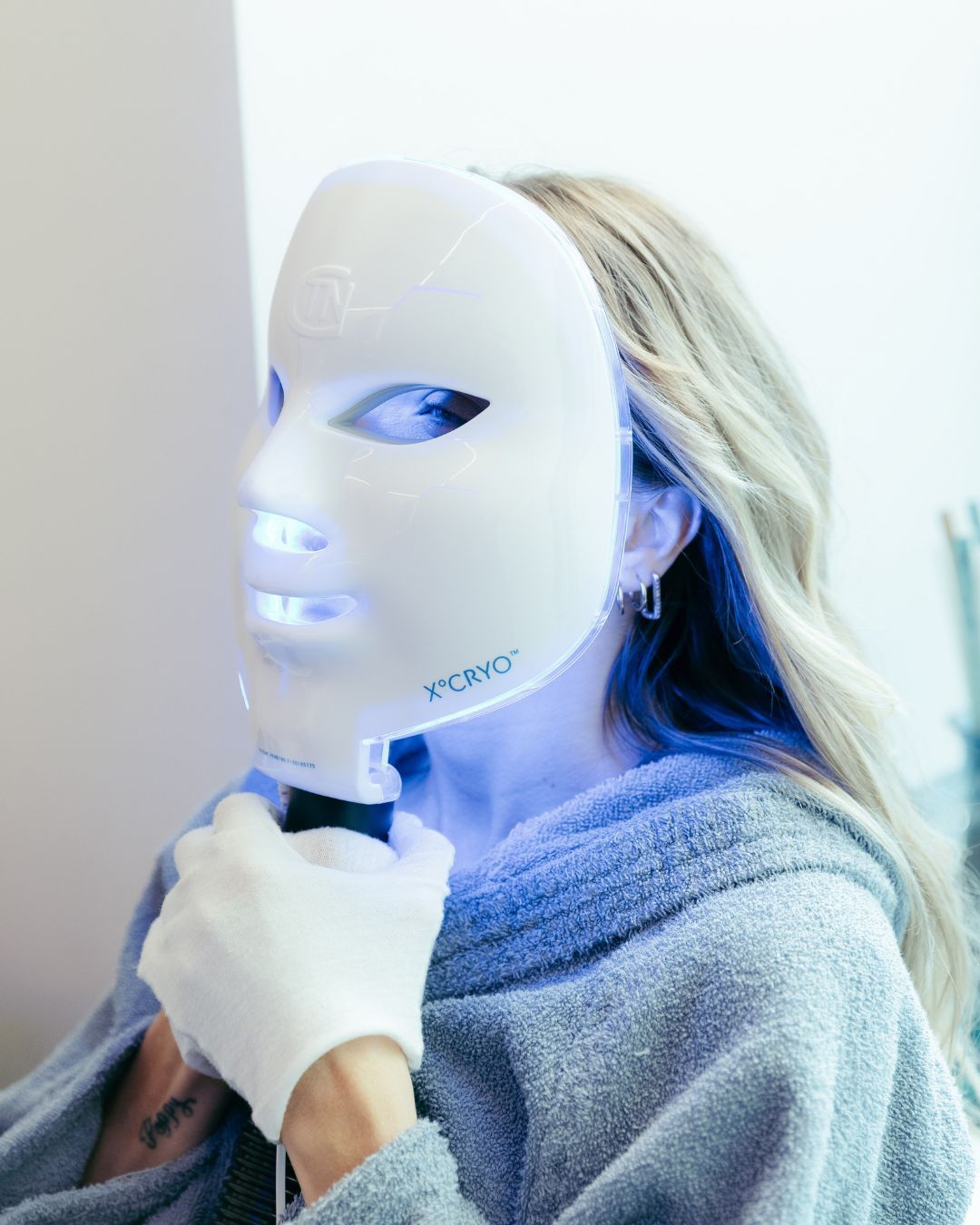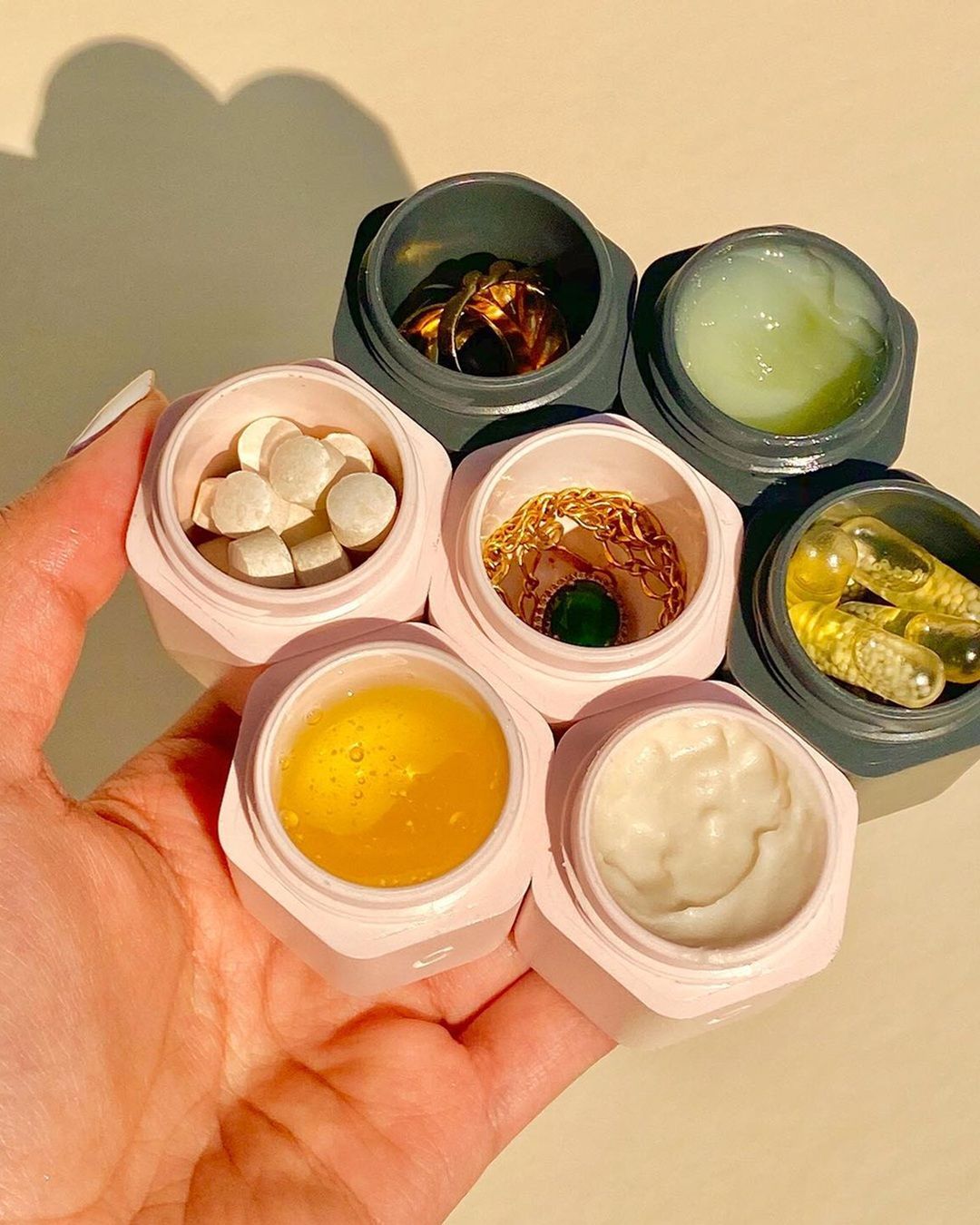
Everything you want to know about intimate piercings before you get one Procedure, types, pain, healing, contraindications, and (sexual) benefits of clitoral piercing
From the Dayak Indians of Borneo to Christina Aguilera, women have been getting clitoral piercings for centuries. But while the nipple ring, though also a private piercing, has gone mainstream thanks to celebrities like Kendall Jenner, Rihanna and Bella Hadid, the intimate piercing remains taboo. Those who have it only confess it to their partners because there has always been a stigma attached to it. In fact, the outdated belief that genital piercings are synonymous with promiscuity and that women who have them are labelled "frivolous" still persists today But whether for aesthetic reasons or because this type of piercing is believed to increase sexual desire, its popularity remains unchanged to this day. So it's not uncommon for some of you to think about getting your private parts pierced, but there are many things to consider before getting a clitoral piercing.
Choosing between different types of genital piercings
Although commonly referred to as "clitoral piercing"," clitoral piercing is rare because of the risk of desensitisation. Instead, incisions are often made in the areas around the glans, and there are many options for female genital piercings. The most common and popular are pierced through the small flap of skin above the clitoris, called the clitoral bonnet, and can be vertical (VCH) or horizontal (HCH). Then there is the "Princess Albertina", where the jewel is passed through the urethra and out of the vaginal opening; the "Fourchette", where the area where the vaginal opening meets the labia minora is incised; the "Triangle" piercing, which passes horizontally through the clitoral bonnet and goes "under, behind the clitoris and behind the clitoral shaft." Finally, there are outer labia piercings, inner labia piercings and clitoral bonnet piercings, which require a very specific anatomy for the person to be a suitable candidate.
Suitability and risks
It must be remembered that not everyone is suitable for an intimate piercing. Suitability depends on the individual's anatomy and the professionalism of the piercer, who may therefore refuse to pierce. As with any minor "procedure" and even more so given the sensitivity of the affected area, there is always a small risk of infection. Some people are allergic to body jewellery (especially if it is made of nickel; if possible, surgical steel is the best choice) and in severe cases scar tissue can form, blocking the urethra and making it difficult to urinate. Apart from this, clitoral piercings are no more prone to infection or irritation than other piercings. Potential problems will disappear if you consult a reputable and licenced professional and follow the right rules after the procedure.
The procedure for an intimate piercing
Step one: Contact a reputable professional. You should never forget that this is an invasive procedure that can pose some health risks and should always be performed by a qualified and experienced doctor or a licenced and experienced piercer. Secondly, make an appointment where you can have an informed conversation. You must remember that everyone's vulva is unique. A clitoral piercing that works for someone else may not fit your particular shape or the size of the glans or clitoral bonnet. What's next? Most piercers perform the Q-tip test. This involves pushing a sterile cotton tip under the clitoral bonnet to see if there is enough room for the jewellery. The piercer will thoroughly examine your anatomy and determine the ideal type of clitoral piercing for you. During the actual VCH procedure, the piercer threads a surgical steel rod under the small flap of skin protecting the clitoris. This way, one of the two balls at the end of the rod is visible to the naked eye, while the other sits on top of the clitoris.
Pain
You must always remember that a needle is entering your genitals, so the piercing will not be painless. Also, everyone's perception of pain is different and often depends on how relaxed you are. In short, if you are afraid of needles, the experience can be unpleasant. However, the procedure is quick and you may feel an intense tingling sensation for a few seconds, followed by discomfort that subsides over time. How painful it is depends on your individual pain threshold, but also on the type of piercing, the location and the sensitivity of the tissues of the glans or clitoral bonnet.
Healing and post-"surgery"
Most piercings in the genital area take eight to 12 weeks to heal completely. During this post-"surgery" period, hygiene is the most important thing. To keep the piercing free from infection, you need to clean it regularly with a saline solution and be gentle with the surrounding area while it heals. Experts recommend that it is best to clean a genital piercing in the shower and not to use harsh soaps. Other little things to keep in mind? Be careful when sitting on toilets and in bathtubs to avoid getting bacteria into the genital area and causing irritation or infection. Although sexual activity is not forbidden, it is best if the piercing does not come into contact with bodily fluids such as semen or saliva during the first few weeks of healing. Therefore, it is best to limit any sexual contact for at least two weeks after the piercing to avoid putting yourself at risk of infection. This also applies to masturbation and/or the use of sex toys. Also, if you want to play it safe, you should avoid both organic cotton and the use of internal pads.
Types of jewellery and prices
Clitoral piercings are also stung for aesthetic reasons. Therefore, there are different types of jewellery: rings, straight bars or curved bars, made of surgical steel, titanium, gold, white gold, rose gold, platinum or palladium. Of course, the delta of the ornamentation affects the cost of the piercing, which ranges from €80 to €120.
@myamarri Replying to @queenrave88 we got the Christina #foryoupage #foryou #fyp #piercingtok #vchpiercing #christinapiercing original sound - Mya Marri
Sexual advantages
Apart from its "aesthetic value"," this genital piercing is said to increase clitoral stimulation during intercourse and thus increase pleasure. In fact, there is evidence of a direct effect of clitoral piercings on sexual desire. People who have them claim that they can orgasm in multiple positions and some have even experienced multiple orgasms. This is due to the extra stimulation and proximity of the highly sensitive nervous system. For example, a vertical piercing on the clitoral bonnet is often accompanied by enhanced sexual pleasure because the way the jewellery is positioned increases pressure on the clitoris. Others, such as lip piercings, can stimulate the penis during intercourse because the metal rubs against it. The most stimulating of all vulva piercings? Apparently it's the triangle piercing.
Contraindications for clitoral piercings
If done correctly by professionals and following hygiene standards both during the procedure and afterwards, there are no major contraindications. At least in the case of clitoral bonnet piercings. More problematic (and therefore not recommended or less commonly practised) are clitoral bonnet piercings because of the intense nerve supply to the clitoris itself, which can be overstimulated by wearing jewellery. There is also a risk that the nerve supply to the clitoris itself may be damaged by the piercing, even permanently limiting sexual function and pleasure. In general, however, the vaginal tissue is well supplied with blood and heals well. Only in rare cases can there be infections and scarring that could block the urethra and hinder urination. Speaking of less serious inconveniences: Some people find wearing pads more uncomfortable than usual and have to use smaller pads.

























































